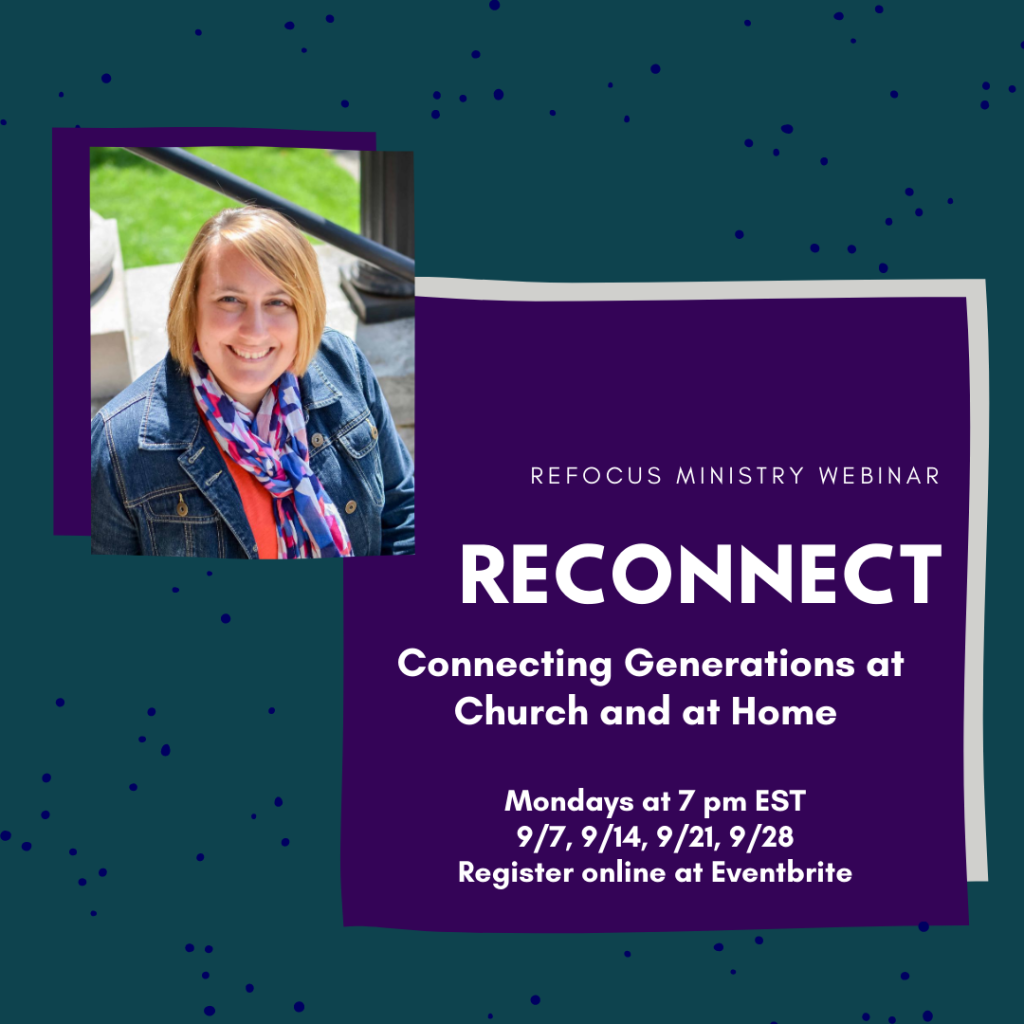My family recently went through a scare: My daughter and some of her friends were in our local mall when a shooting occurred. It was, as you can imagine, a terrifying experience for all and we are grateful that we were able to get to the girls as quickly as we did and the impact on them was frightening but minimal. I bring this up only to illustrate a point.
When the event happened, all of us immediately turned to our phones to get the news to find out what had actually taken place. My husband and I jumped on Facebook, the girls jumped on Instagram, and our family in other states turned to Google for information.
As a result, the information we were gleaning about a single event had a very different feel and unique content depending on where we accessed it.
My information came almost entirely from local news stations, my daughter and her friends were seeing a lot of “first hand” videos and testimonies, and my out-of-state family was getting Associate Press updates.
The result? We all had bits and pieces of information about the incident but none of us had the whole story.
It was as if we all had pieces to a puzzle, some more than others, but none of us had the entire picture. It took coming together, talking to each other, and giving enough time and space for information to be made public for the puzzle to come together.
Not surprisingly, this example of information gathering is a characteristic of the generation gap we experience in America. The advancement of technology has impacted how and with whom we communicate.
Age segregation can be found in digital constructs of media, social media and communication.
Sassi, 2005, p. 684-700
Information is distributed through a variety of means from digital to print, radio to television, word of mouth to public speaking. However, more and more, the move from traditional print materials, radio news, and face-to-face conversations towards digital, video and public voices is changing the landscape of information distribution and consumption.

Due simply to a lack of access or lack of ability to use digital constructs, older adults can be unintentionally excluded from certain forms of digital communication (Source). Conversely, due to a lack of lack of access or lack of knowledge to use non-digital constructs, younger generations are unexposed to things like print media and in-person interactions. These technological and communication differences act to perpetuate the digital divide between generations.
Research gathered by Pew Research show that over 90% of young adults ages 18-29 are active on social media as compared to only 35% of older Americans, 65 years of age and older.
- Sprout Social reports that 72% of 13-17 year olds and 64% of 18-29 year olds use Instagram while only 21% of 50-64 year olds and 10% of 65+ year olds use Instagram.
- Of 271,000,000 Twitter users who are active every month the number of users between 51 and 60 years was roughly 2,981,000 or about 1% of the users.
- Princeton and New York University researchers found that eleven percent of users older than 65 shared an article consistent with the study’s definition of fake news. Just 3% of users ages 18 to 29 did the same.
Changes in technology and communication have consequently exacerbated the gap between the youngest and oldest generations leading to a continued growth in age segregation and generational divide.
Rather than create an inclusive space that leads to more conversation, the lack of intergenerational connectivity has caused more isolation.
Churches can fall into this same pattern of generational hit-or-miss communication by choosing avenues that appeal to certain age groups while neglecting others. In her book Faith Formation 2.0, Julie Anne Lytle looks at the different generations that are typically represented in an average church and how they tend to communicate. She offers the thought that if we are not communicating an event or offering communication in at least seven unique formats, we are missing someone in our audience.
How does that play out?
Let’s say that the church is hosting a Combined Worship services where all church members, regardless of age or preferred worship style, will attend. In order to ensure that this is communicated to the entire audience a church will want to:
- Announce the service from the pulpit
- Place an announcement with date, time, and description in the bulletin
- Send an email (or two) to the entire congregation
- Place all pertinent information on the website in more than one location
- Include information on social media platforms
- Send a text message to members who have indicated text as a preferred method of communication
- Offer a personal invitation to members (visit the youth group, drop by a Sunday School class, phone call, etc.)
That may feel like overkill but each generation will tend to access the information in different ways and if one avenue is overlooked, there is a potential that someone may never know the event is happening.
There is a tee shirt that is frequently worn in KidMin circles that simply says, “It was in the bulletin!” Often, children’s pastor and youth ministers express frustration that members will tell them that they didn’t know an event was happening. But that truly could be because the information wasn’t offered in a format that is normally accessed by that person or group of people so, in their mind, the event was never announced.
Fortunately, once we realize the importance of communication platforms and how to access generations, we have a much better chance of bridging the gap and finding ways to bring generations together.
In fact, just as was highlighted above, each generation likely brings an important piece to the puzzle and together we can see the whole picture. Creating space in our churches for this to happen is one way we can begin to integrate the ages in our faith communities and move forward in serving the Lord and each other together.
Ready to Start, Not Sure Where?
ReFocus Ministry is pleased to present a four-part webinar series on generational discipleship and connection for churches interested in exploring intergenerational ministry both in their church and in their homes. Each session will focus on a unique aspect of gathering generations together, both the challenges and opportunities, as well as practical tips to begin implementing now during this time away from regular church gatherings.

Sessions can be attended individually or all four can be attended as a series.
Session 1 – ReConnect. This first session of the webinar focuses on defining generations, generation gap, and the need for generational discipleship in your church. This is the “What” behind generational discipleship.
Session 2 – ReGenerate. This session focuses on the the research, the reasons, and the heart behind connecting generations from both a secular and spiritual viewpoint. This is the “Why” behind generational discipleship.
Session 3 – ReProduce. This session offers practical tips, strategies, and ideas to being connecting generations in your faith community and in homes in meaningful, lasting, life-changing ways. This is the “How” behind generational discipleship.
Session 4 – ReLease. It’s time to go and do! This session will provide a discussion and debrief around the questions, “What? So What? Now What?” and give you an starting point for incorporating generational discipleship as a meaningful part of your faith community. This is the “Who” behind generational discipleship at your church and in your home!
Anyone registered for all four sessions will receive a FREE half-hour coaching session/follow-up specific to your ministry needs.
To register, go to https://www.eventbrite.com/e/reconnect-a-webinar-for-generational-connections-tickets-116093734485. Questions? Feel free to email me at christina.m.embree@gmail.com. Can’t wait to journey with you!
For more information about
- Kids in Worship
- Determining which Type of Family Ministry model works best for your church
- Discipleship in Intergenerational community
- Encouraging the continued conversation through Practical Discipleship at Home
- Seminars, Workshops, Coaching
Check out to ReFocus Ministry or “like” our Facebook page. Join our conversation at theReFocus Family and Intergen Ministry group on Facebook.
About this Blog

Refocus Ministry was started by Christina Embree, wife to Pastor Luke, mom to three wonderful kids, and church planter at Plowshares BIC. She also serves as the Minister of Generational Discipleship with the Great Lakes Conference of the Brethren in Christ.
With years of experience in family ministry and children’s ministry, she is passionate about seeing churches partnering with families to encourage faith formation at home and equipping parents to disciple their kids in the faith. She recently graduated with a Masters of Arts in Ministry focusing on Family, Youth and Children’s Ministry at Wesley Seminary, she also blogs at www.refocusministry.org and is a contributing blogger at D6 Family, ChurchLeaders.com, and Seedbed.



3 Comments